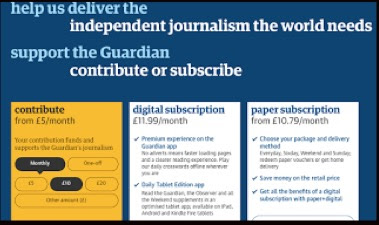Advertising Question
Explain how representation in adverts are constructed to promote the product the product. Choose two adverts you have studied. The two advertisements are both effective for their individual purposes, though both using very different representations to present their ideas. The overall messages that each advert showcases is very different, for instance the Lucozade campaign is simplistic, using very minimal images and text rather than the advert by Shelter by which they use three images with a large amount of content. The representations that are evident in the Lucozade sports drink adverts has been constructed to promote the product itself through the use of the influential sports player, Gareth Bale. The image used within the advertisement adds to the emphasis behind the advert as a whole. The camera shot especially, directs the message to the audience as the footballer is directed to looks straight down at the camera lens. This makes him visually seem powerful and strong, and as a...






